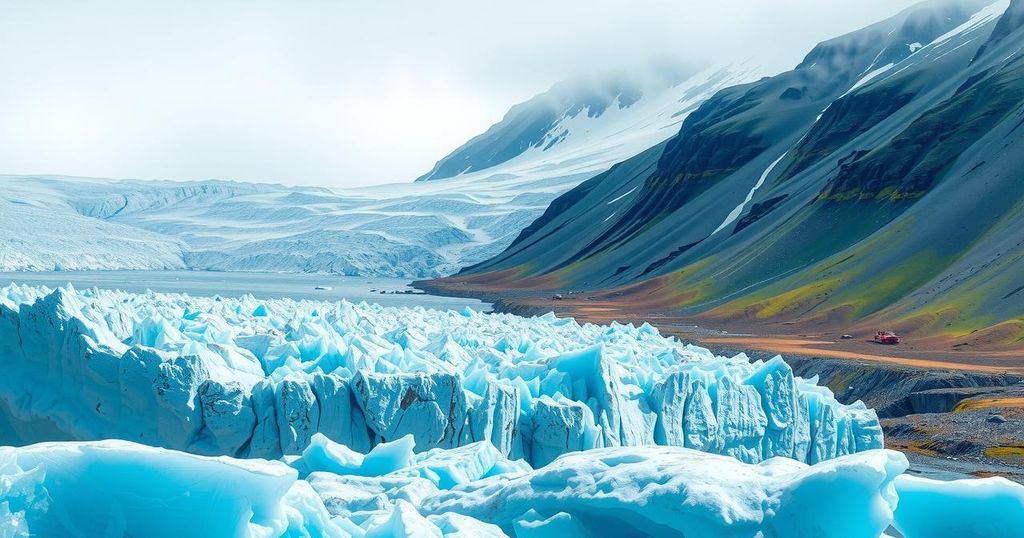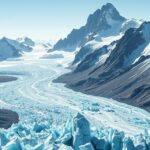Politics
ALPS, ARCTIC, ASIA, CHINA, CHINESE ACADEMY OF SCIENCES, CLIMATE, CLIMATE CHANGE, ENVIRONMENT, FAR, FARAH, GANSU, GLACIER AREA, GLOBAL WARMING, GREENHOUSE GAS EMISSIONS, HONG KONG, MEXICO, NORTH AMERICA, QINGHAI, REUTERS, SA, SAAD SAYEED, SICHUAN, SOUTH AMERICA, THIRD POLE, THOMSON REUTERS, TIBET, TIBETAN PLATEAU, UNESCO, XINJIANG, YUNNAN
Dante Raeburn
Significant Shrinkage of China’s Glacier Area Due to Global Warming
China’s glacier area has decreased by 26% since 1960, with 7,000 glaciers lost. Rapid glacial retreat raises concerns about freshwater availability and disaster risks. Technological measures have been adopted to mitigate melting, yet global ice loss continues at an alarming rate, linked to climate change.
Recent data indicates that China’s glacier area has diminished by 26% since 1960, primarily due to enhanced global warming effects. Notably, approximately 7,000 small glaciers have vanished entirely, with glacial retreat becoming increasingly pronounced in recent years. This trend is corroborated by findings in a UNESCO report stating that the most significant glacial mass loss occurred within the last three years.
Environmental groups have voiced concerns regarding the shrinking glaciers, which serve as crucial freshwater sources. They warn that diminished water availability may lead to heightened competition for limited resources and pose new disaster risks. China’s glaciers are principally situated in the western and northern regions, specifically in Tibet, Xinjiang, Sichuan, Yunnan, Gansu, and Qinghai.
Data from the Northwest Institute of Eco-Environment and Resources at the Chinese Academy of Sciences revealed that as of 2020, China’s total glacier area stood at approximately 46,000 square kilometers, comprising around 69,000 glaciers. This data represents a decline from the previous measurements of approximately 59,000 square kilometers and around 46,000 glaciers recorded between 1960 and 1980.
In an effort to mitigate the effects of glacier melting, China has adopted technological solutions such as snow blankets and artificial snow systems aimed at prolonging the lifespan of these ice formations. The Tibetan Plateau, often referred to as the world’s Third Pole, holds a significant volume of ice trapped within its high-altitude regions.
The global perspective on ice loss is alarming, with regions from the Arctic to the Alps and South America to Tibet experiencing rapid glacial melt. Experts anticipate that this trend will intensify, driven by climate change linked to fossil fuel combustion, ultimately leading to exacerbated social, environmental, and economic challenges worldwide as sea levels rise and vital water sources diminish.
In summary, China’s glaciers are facing severe reductions due to climate change, with a notable 26% decrease since 1960. This issue of glacial retreat impacts water availability and could intensify competition for freshwater resources. While China employs advanced technologies to combat melting glaciers, the broader implications of global ice loss remain critical, influencing patterns of environmental and social challenges globally.
Original Source: www.usnews.com








Post Comment